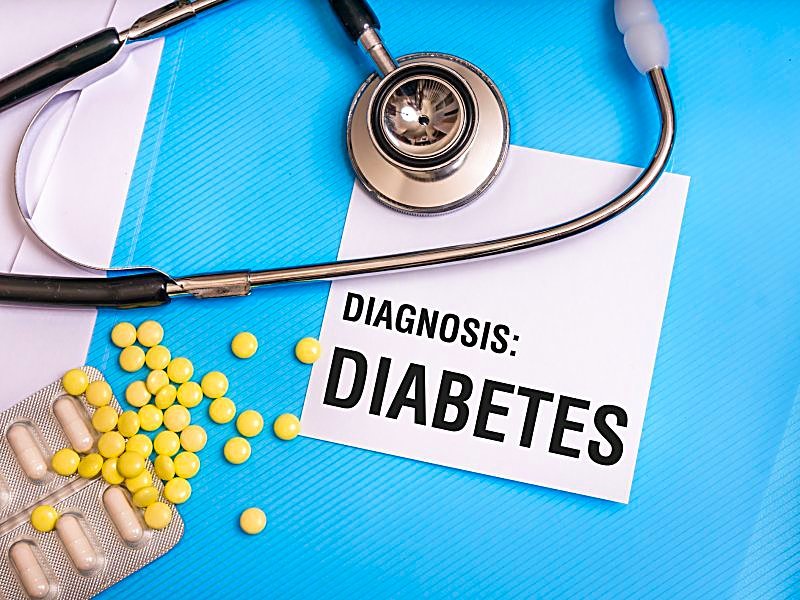‘Diabetes costs Iran $4b a year’

TEHRAN – Diabetes has direct and indirect costs for Iran to the tune of $4 billion per year, said Afshin Ostovar, the Health Ministry’s director for non-communicable diseases.
Ostovar made the remarks on Saturday in a press conference for National Diabetes Week, IRNA reported.
In Iran, National Diabetes Week is an annual event which starts from November 14 and is aimed at raising concerns for Diabetes and enhancing public knowledge about the disease.
The direct costs cover the treatment and indirect costs are paid for the disease’s side effects and other consequences, such as leaving work, Ostovar further explained.
“Among Iranians over the age of 25, 11 percent suffer from diabetes type 2 and 18 percent are pre-diabetic. The pre-diabetics’ blood glucose level is higher than normal, and they will get the disease unless they make drastic changes in their lifestyle.”Diabetes also incur incredible costs on the patients’ families and the health system, he added.
The health ministry, firstly, attempts to prevent and control the disease by raising public awareness about the disease’s causes and risk factors; secondly, it aims to provide patients with proper treatment, he said.
The main causes of diabetes, he added, are obesity, lack of physical activity and unhealthy diet.
As families play a key role in control of diabetes, this year’s National Diabetes Week is focused on the role of families in prevention of the disease, he said, adding that the family was the main subject in Diabetes Week for the past two years as well.
over the conference, Shahin Yarahmadi, the head of Endocrinology & Metabolic Department at Health Ministry, said only 25 percent of families have access to proper education about diabetes.
In collaboration with the Health Ministry, she added, media can contribute to the most to raising awareness about the disease.
11% of Iranians over 25 are diabetic
Among Iranians over the age of 25, 11 percent suffer from diabetes type 2 and 18 percent are pre-diabetic, said Ostovar.
The pre-diabetics’ blood glucose level is higher than normal, and they will get the disease unless they make drastic changes in their lifestyle, he said.
Together with Heart diseases, cancers and respiratory diseases, diabetes is among the top four non-communicable diseases that lead to death and disability, he said.
Diabetic population grow 1% every year
Annually, 1 percent is added to the population of diabetics in the country, said Alireza Mahdavi, the director of National Program for Prevention and Control of Diabetes while speaking at the press conference.
Currently, 5.3 million people suffer from diabetes and 5.8 million are pre-diabetic. However, increasing physical activates and lowering the body’s weight can help the pre-diabetics to prevent the disease by 12 percent, he said.
The health ministry, he added, aims to stop the spread of diabetes by the Iranian calendar year 1404 (March 2025 – March 2026).
Diabetes is a chronic disease that occurs either when the pancreas does not produce enough insulin or when the body cannot effectively use the insulin it produces. Insulin is a hormone that regulates blood sugar. Hyperglycaemia, or raised blood sugar, is a common effect of uncontrolled diabetes and over time leads to serious damage to many of the body's systems, especially the nerves and blood vessels.
According to the World Health Organization, the number of people with diabetes has risen from 108 million in 1980 to 422 million in 2014. The global prevalence of diabetes among adults over 18 years of age has risen from 4.7% in 1980 to 8.5% in 2014. In 2015, diabetes was the direct cause of 1.6 million deaths and in 2012 high blood glucose was the cause of another 2.2 million deaths. Diabetes prevalence has been rising more rapidly in middle- and low-income countries.
SJ/MG
